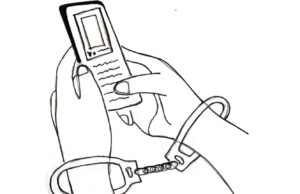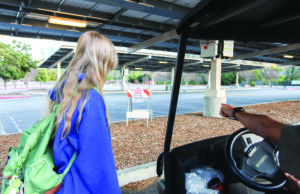Silicon Valley Bank seized after financial collapse
On the morning of March 11, 2023, the worst banking collapse since the financial crisis of 2008 occurred in Central California. The Silicon Valley Bank, which had relied heavily on uninsured deposits, failed and was seized by the Federal Deposit Insurance Corporation. The bank, known for aiding start-up projects, had grown into the 16th largest bank in the United States before it collapsed.
While some people cling to hope that this is a one-off incident, many others fear that the sudden collapse is a sign of more economic trouble. The Federal Reserve has raised interest rates in order to offset the effects of inflation, and the bank’s total losses grew with the rising interest rate. According to the Financial Times, fear that other banks might also be foreclosed led to the halt of stock trading.
However, some analysts remain optimistic that the economy will be able to recover from the foreclosure of the Silicon Valley Bank. “I don’t think this is 2008, but an important reminder that banks heavily reliant on uninsured deposits can be subject to bank runs [and] financial assets, even supposedly safe Treasury securities, lose value when interest rates rise.” said Sheila Bair, who ran the FDIC during the crisis. According to Blair, the failure is a sign that banks rely too much on financial assets that lose value with rising interest rates. However, since it was discovered the bank’s heavy reliance on uninsured deposits made it unstable, other banks could have the opportunity to make amends and decrease their chances of collapse.
The Silicon Valley Bank was acquired by First Citizens Bank on March 27, due to its foreclosure. The bank’s total net worth in loans and deposits was approximately $130 billion; roughly $90 million will remain in control of the FDIC. The bank had roughly $175 billion in deposits alone before it collapsed, which shows the vast scale of withdrawals that occurred within the bank before it was seized by regulators. Overall, it is estimated that the cost of the failure will be around $20 billion.


